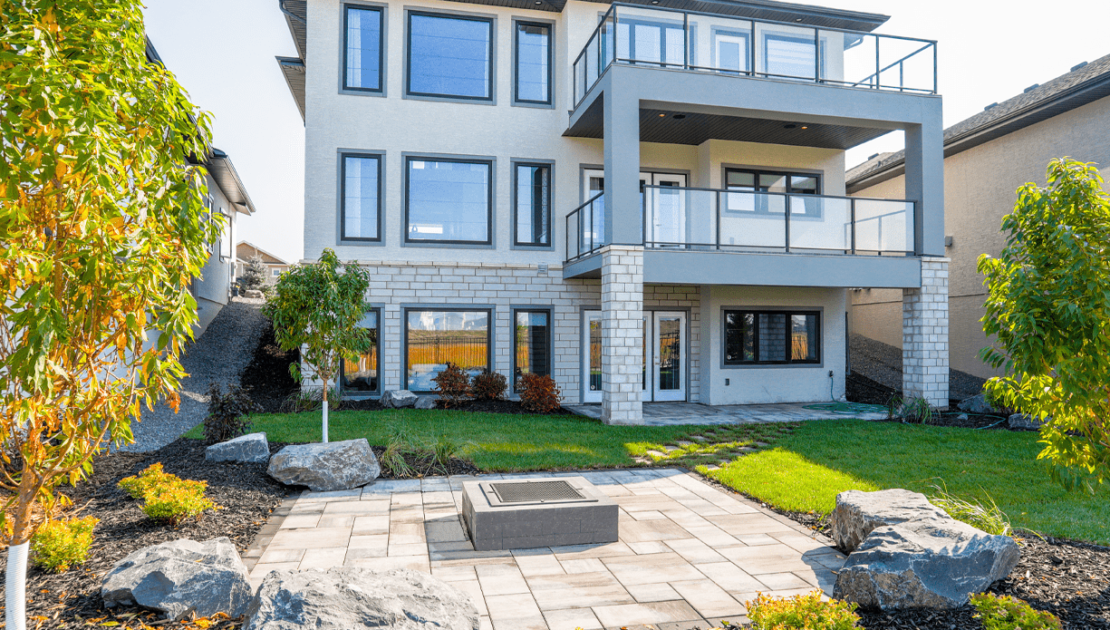[mc4wp_form id=”2320″]
Refurbishing Green Spaces: Hardscaping vs Softscaping
-
May 28, 2020
- Posted by: Admin

Creating a landscaping design can be a challenging matter for a homeowner who’s unfamiliar with the different landscaping types. If you focus too much on hardscaping features, it can make your property appear monotonous and dull. On the other hand, if you focus too much on greening features without layering your placement with hardscaping, you’ll end up having a chaotic mess of greenery that lacks order and function.
In addressing your concerns with your property’s look and practical function, you shouldn’t always look at one landscaping type.
Curating a balance in your landscaping design
Knowing the difference between softscaping and hardscaping can give you a better idea of how to approach your refurbishing project. Whether you’re planning to add a gazebo extension or a water fountain in your backyard, you must take note of both hardscaping and softscaping principles to make sure that you’re curating a balance in your property’s look.
Redesigning structure through hardscaping
The aspect that primarily differentiates hardscaping from landscaping is the type of materials used in each project. Know that hardscaping incorporates heavier elements needed in property extensions, such as driveways, fountain attachments, and even swimming pools.
Hardscaping materials are used for structural improvements and are relatively unchanged unless a homeowner chooses to revamp the division of exterior and interior sections of their property. Depending on the type of material used, hardscaping can inflict different environmental effects to the natural growth in your area.
Attaching details with softscaping
Softscaping, on the other hand, works around the established hardscaping elements in a property. Once a hardscaped area, such as a water fountain or a patio extension, is installed, softscaping complements it through the placement of permanent or temporary organic fixtures, such as grass, shrubs, and flowers.
Popular landscaping additions are flowerbeds, lawn gardens, and organic fixtures, such as bamboo fencing or rock gardens. In contrast to hardscape installations, softscape components are easier to adjust, remove, and replace, depending on the season’s climate conditions.
Finding your refurbishing’s purpose
In creating a landscaping design, you have to take note of hardscaping and softscaping principles before you proceed with a project. If you’re looking to improve the practical function of your property, which could be in terms of better water absorption or increased storage spaces, then you’re more likely looking at a labour-intensive and lengthy hardscaping project.
If your main goal is to spruce up the organic elements of your green spaces, on the other hand, then you’re looking at a softscaping project which won’t require too much professional help as long as you’re comfortable with doing the heavy lifting by yourself.
You must also consider the refurbishing and the future maintenance costs that you’ll have to deal with, especially when it comes to maintaining and caring for plant life. Flowers of the annual variety require yearly replacement, while certain shrubs and trees need to be pruned and tended to with care during the harsh seasons.
Conclusion
Using both elements in your planning will allow you to strike a perfect balance between them. Remember to install the hardscape features first, then beautify your property’s new borders and divisions with soft scaping elements. Keep in mind that the best landscaping designs create harmony with both hardscape and softscape features.
If you’re on the hunt for landscapers in Winnipeg, MB, to improve your home’s look, our team of experts is fully-equipped to lend you a hand. Contact us today to find out more!
